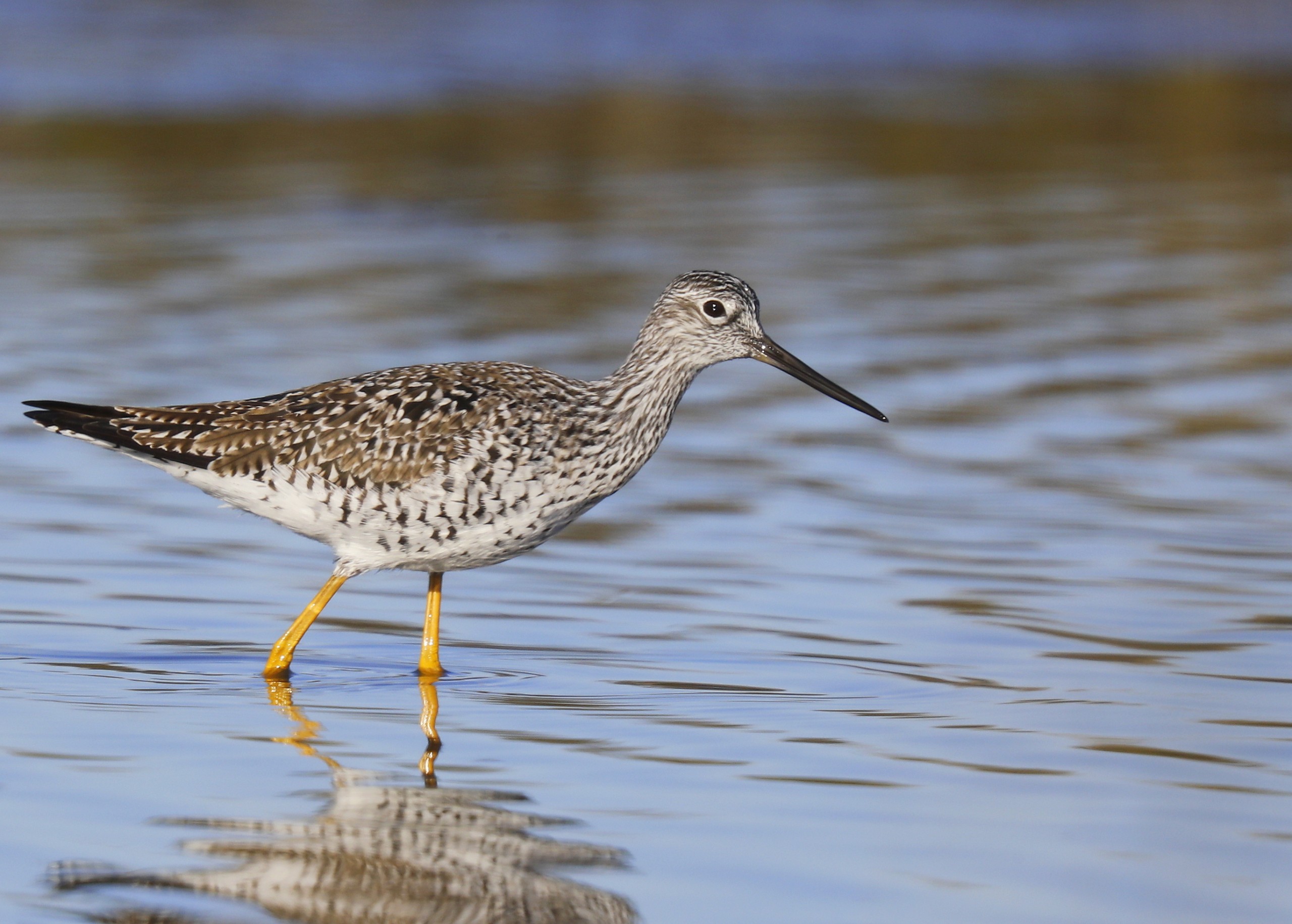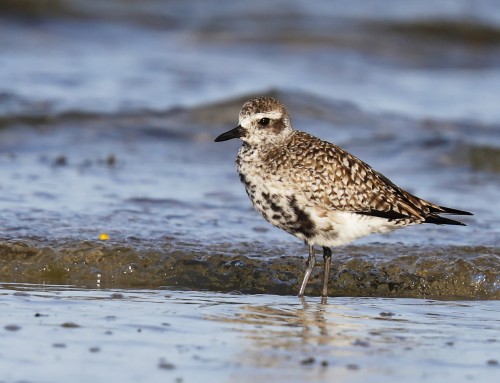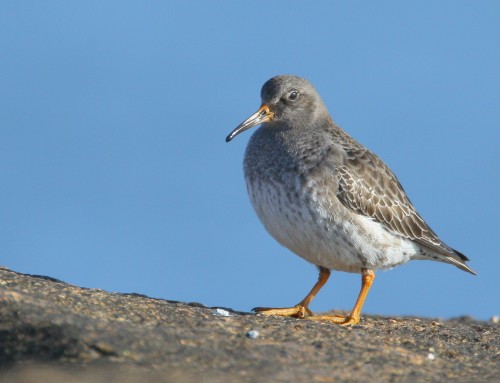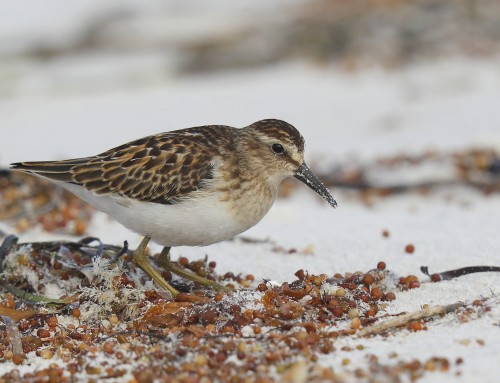Friday, May 24, 2024: Greater Yellowlegs typically spend about one to two weeks at stopover sites in Falmouth during their annual northerly spring migration to breeding grounds in Northern Canada. During these stopovers, they forage intensively to build up energy reserves for the next leg of their journey. This Yellowlegs was recently seen in the shallow tidal pools behind Wood Neck Beach.
The breeding season for Greater Yellowlegs (Tringa melanoleuca) in Northern Canada begins in the late spring, typically from mid-May to early June. Here’s a detailed description of the start of their breeding season:
1. Arrival at Breeding Grounds: Greater Yellowlegs migrate from their wintering grounds in Central and South America and the southern United States to their breeding grounds in the boreal forests and wetlands of Northern Canada. They arrive as the snow melts and the wetlands become accessible, usually around mid-May.
2. Courtship and Pair Formation: Upon arrival, males establish territories and begin courtship displays to attract females. These displays often involve aerial flights with distinctive calls and posturing to showcase their strength and suitability as mates.
3. Nesting: After pairing, the female selects a nesting site, typically a shallow depression on the ground in a relatively open area near water. The nest is often lined with grasses, leaves, and other plant materials. The selection of a nesting site is crucial as it needs to be well-camouflaged and close to feeding areas.
4. Egg Laying: The female lays a clutch of usually 3-4 eggs, with the laying period extending from late May to early June. The eggs are olive-brown with darker spots and are well-camouflaged against the ground.
5. Incubation: Both parents share the responsibility of incubating the eggs, which lasts about 23-24 days. During this period, the adults are highly vigilant and will aggressively defend the nest from potential predators.
6. Chick Rearing: Once the eggs hatch, usually in late June, the chicks are precocial, meaning they are relatively mature and mobile shortly after hatching. The parents guide them to feeding areas where they forage for insects and small invertebrates. The chicks grow rapidly, fledging in about 18-20 days after hatching.
Throughout this period, the northern wetlands provide an abundance of food and relatively low levels of human disturbance, creating an optimal environment for the successful breeding and rearing of Greater Yellowlegs chicks.






Leave A Comment
You must be logged in to post a comment.